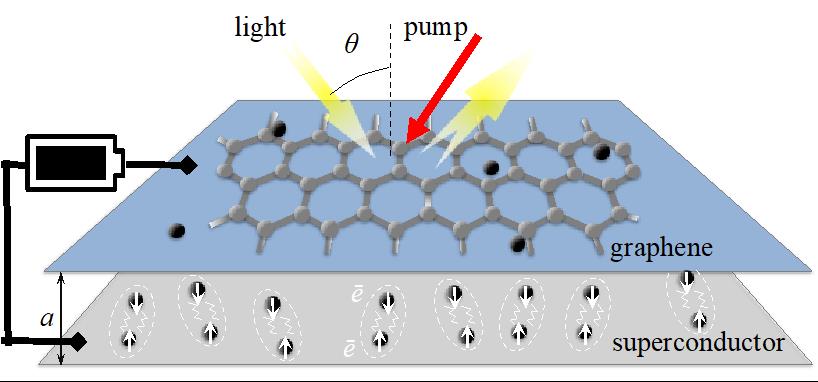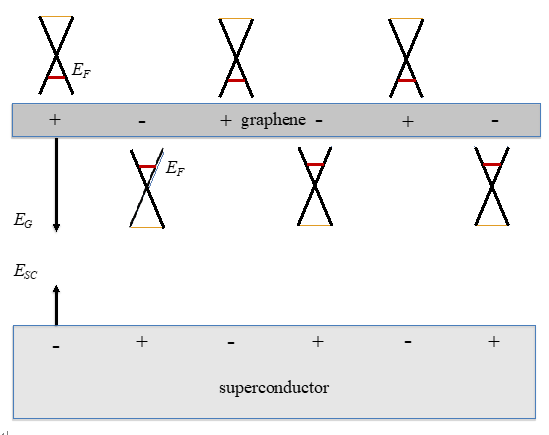주메뉴
- About IBS 연구원소개
-
Research Centers
연구단소개
- Research Outcomes
- Mathematics
- Physics
- Center for Theoretical Physics of the Universe(Particle Theory and Cosmology Group)
- Center for Theoretical Physics of the Universe(Cosmology, Gravity and Astroparticle Physics Group)
- Center for Exotic Nuclear Studies
- Center for Artificial Low Dimensional Electronic Systems
- Center for Underground Physics
- Center for Axion and Precision Physics Research
- Center for Theoretical Physics of Complex Systems
- Center for Quantum Nanoscience
- Center for Van der Waals Quantum Solids
- Chemistry
- Life Sciences
- Earth Science
- Interdisciplinary
- Center for Neuroscience Imaging Research(Neuro Technology Group)
- Center for Neuroscience Imaging Research(Cognitive and Computational Neuroscience Group)
- Center for Algorithmic and Robotized Synthesis
- Center for Genome Engineering
- Center for Nanomedicine
- Center for Biomolecular and Cellular Structure
- Center for 2D Quantum Heterostructures
- Center for Quantum Conversion Research
- Institutes
- Korea Virus Research Institute
- News Center 뉴스 센터
- Career 인재초빙
- Living in Korea IBS School-UST
- IBS School 윤리경영


주메뉴
- About IBS
-
Research Centers
- Research Outcomes
- Mathematics
- Physics
- Center for Theoretical Physics of the Universe(Particle Theory and Cosmology Group)
- Center for Theoretical Physics of the Universe(Cosmology, Gravity and Astroparticle Physics Group)
- Center for Exotic Nuclear Studies
- Center for Artificial Low Dimensional Electronic Systems
- Center for Underground Physics
- Center for Axion and Precision Physics Research
- Center for Theoretical Physics of Complex Systems
- Center for Quantum Nanoscience
- Center for Van der Waals Quantum Solids
- Chemistry
- Life Sciences
- Earth Science
- Interdisciplinary
- Center for Neuroscience Imaging Research(Neuro Technology Group)
- Center for Neuroscience Imaging Research(Cognitive and Computational Neuroscience Group)
- Center for Algorithmic and Robotized Synthesis
- Center for Genome Engineering
- Center for Nanomedicine
- Center for Biomolecular and Cellular Structure
- Center for 2D Quantum Heterostructures
- Center for Quantum Conversion Research
- Institutes
- Korea Virus Research Institute
- News Center
- Career
- Living in Korea
- IBS School
News Center
Proposed optical terahertz transistor- Graphene-superconductor hybrid devices can be used to amplify terahertz radiation - Researchers at the Center for Theoretical Physics of Complex Systems (PCS), within the Institute for Basic Science (IBS, South Korea) have proposed a transistor made of graphene and a two-dimensional superconductor that amplifies terahertz (THz) signals. This research was conducted in collaboration with colleagues from the Micro/Nano Fabrication Laboratory Microsystem and Terahertz Research Center (China), the A. V. Rzhanov Institute of Semiconductor Physics (Russia), and Loughborough University (UK) and was published in Physical Review Letters. The growing interest in the THz frequency range can be easily explained by its various potential applications. This region of the electromagnetic spectrum, between radio waves and infrared light, is suited for extremely high-resolution images, non-invasive tumor detection, biosecurity, telecommunications, and encryption-decryption procedures, among others. However, practically, finding a powerful source of rays in this frequency range is so challenging, that researchers commonly refer to this problem as the “Terahertz gap.” In this work, the researchers proposed a novel strategy to amplify THz radiation from weak and non-uniform signals, which are common in, for instance, biological samples. The device consists of a graphene sheet positioned in the vicinity of a two-dimensional superconductor and is connected to a power source, which provides enough energy to excite the electrons of the superconductor. The THz signal amplification is explained by the collective oscillatory behavior of electrons in both of the two materials plus the quantum capacity of graphene.
“This work demonstrates the application-oriented perspectives of systems characterized purely by quantum effects. Light-matter interaction in these hybrid systems not only represent fundamental interest, but it can become a basis for future devices, such as terahertz logic gates, which are currently in high demand,” explains Ivan SAVENKO, the leader of the Light-Matter Interaction in Nanostructures (LUMIN) team at PCS IBS.
Notes for editors - References - Media Contact - About the Institute for Basic Science (IBS) |
|||
|
|
| Next | |
|---|---|
| before |
- Content Manager
- Public Relations Team : Yim Ji Yeob 042-878-8173
- Last Update 2023-11-28 14:20













